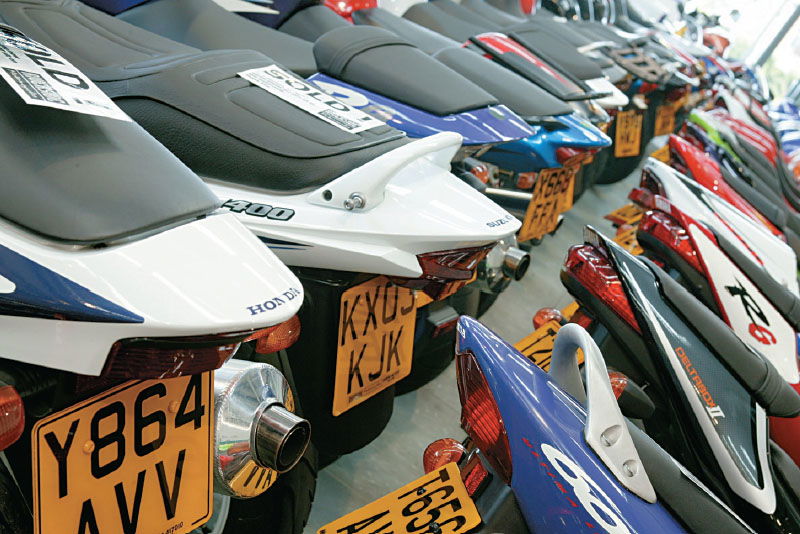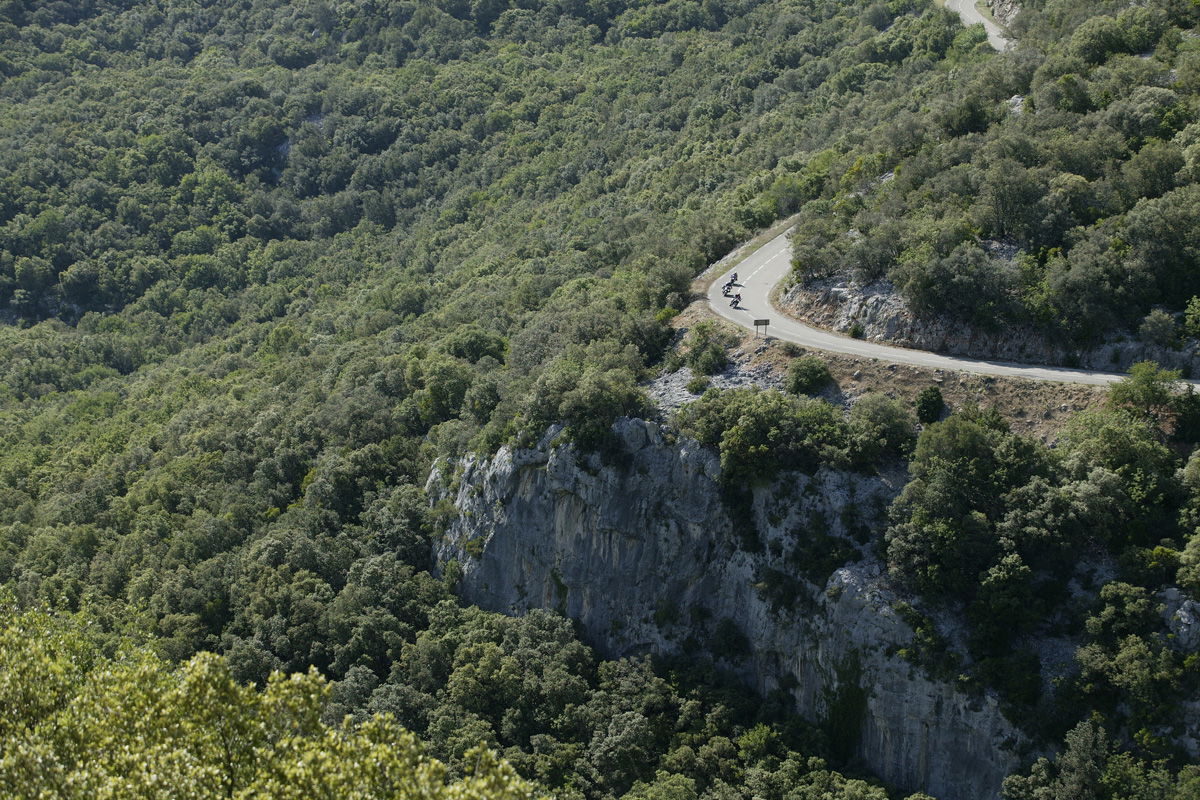Visordown's Used Motorcycle Buying Tips
Our checklist guide gives you motorcycle buying advice and shows you what to look for when buying your next used motorcycle


When you go to view a used motorcycle that you're keen to buy, then you've already been through quite a few steps, as detailed in our motorcycle buying checklist. By using your head, you're more than likely to end up viewing a bike with a solid background and good history and not one that's £1000 cheaper than everything else, therefore eliminating the major pitfalls.
Don't be afraid to ask the owner questions. Most people will be truthful and if you let them talk to you, they'll often reveal plenty about the bike, including perhaps more than they might have wanted to.
So infront of you is a gleaming clean machine and you want it. Well follow these final steps and you'll ensure you're making a smart purchase and not buying into someone else's troubles.
1. BODYWORK
Poorly colour-matched panels can indicate crash damage. Immaculate fairings on an older bike may mean its been raced. In this example the RR stickers on the right hand side are slightly scuffed. Has the bike been dropped at a standstill, or worse. Has this moved any other parts out of line? Bear this in mind when going over the rest of the bike.
2. REAR MUDGUARD
Some bikes won't have one mounted on the swingarm as standard and can benefit from one to keep road-crap off the rear shock. This one has an aftermarket hugger fitted on the swingarm, which is a good thing. Has the standard numberplate hanger been cut down, bodged, or has an aftermarket one been fitted? This example has been cut down and the indicators have been replaced. A heavily cut-down standard rear mudguard may not take a standard size number plate – replacements can be expensive.
3. NON-STANDARD PARTS
Here we've got a Harris exhaust hanger. It's a nice touch and was probably fitted by the owner to convert the bike to a single-seat. That alone isn;t a bad thing, but it might hint at a non-standard exhaust system, which should make you enquire about other engine mods. Aftermarket rearsets, end cans, body panels etc. can also indicate possible crash damage, ask for the original parts.
4. WHEELS
Buckles or run-out mean possible crashes. Heavily scratched rims can be a sign of frequent tyre changes – common on race bikes
5. CHAIN & SPROCKETS
Worn chain and hooked sprockets indicate hard life. Dry and rusty chains mean neglect. A clean chain and fresh sprockets are one of the best hints that the bike's been well looked after. A chain dragging on the floor should make you wonder what other maintenance hasn't been carried out.
6. ENGINE & CHASSIS NUMBERS
Must, absolutely must, match those in logbook.
7. POLISHED FRAMES AND SWINGARMS
Indicate possible crash damage. Carbon frame guards too – often fitted after the crash, not before. Even if it's a legit job, they don't add value, no matter how many hours the owner claims to have put into his masterpiece.
8. BARS, BAR ENDS & LEVERS
Look for bent bars, scuffed bar ends and levers as indication of a crash. Brand new levers are the alternative giveaway. Ideally, the bike will run a stock throttle, not a quick-action jobbie, standard bar-ends and standard levers.
9. KEYS
Does it have both sets of keys and the spare. Does the same key fit the ignition, the tank and the seat? If not its an indication that the bike may be stolen-recovered. Be wary.
10. SPEEDO
Km/h speedo will indicate a foreign import.
11. STEERING HEAD BEARINGS & LOCKSTOPS
Check the steering head bearings – the handlebars should turn from lock to lock smoothly with just a hint of stiction. Front end crashes and/or too many wheelies can destroy them. Welded steering lock-stops are a sign of a heavy crash. Definitely a bike to avoid.
12. HEADLIGHT
Does it dip to the left? If not, its an import. Look out for cracks and chips too as headlights are expensive to replace.
13. BRAKE DISCS
Check for excessive wear and grooves and check that they match. There are plenty of aftermarket replacement discs available – but knock the cost off the asking price.
14. TYRES
A considerate owner will have fitted a matched pair, hopefully with plenty of miles still left in them. Wear pattern will tell you the type of rider he/she is. Squared off – plenty of motorway and commuting work. Frazzled edges – trackday fiend. The tyres are a good window into the way the owner rides their bike, so do a little bit of background on what's available.
15. BRAKE PADS
Badly worn pads indicate neglect. This will have also exposed the brake pistons to a lot of debris so check for possible fluid leakage meaning a costly refurb. Corroded caliper bolts and a dirty caliper are clear signs they've not been recently fettled.
16. ENGINE
Start from cold to see how healthy the battery and starter are. Then check for any knocks or rattles, oil or coolant leaks. Check the temperature gauge works. Have the sump and filler plugs been drilled? Or alternatively do they look suspiciously new? Indicates possible race use. If you’re paying top dollar look for a service manual and a full set of dealer stamps and receipts. Check all the MOTs tally-up with the service history.

